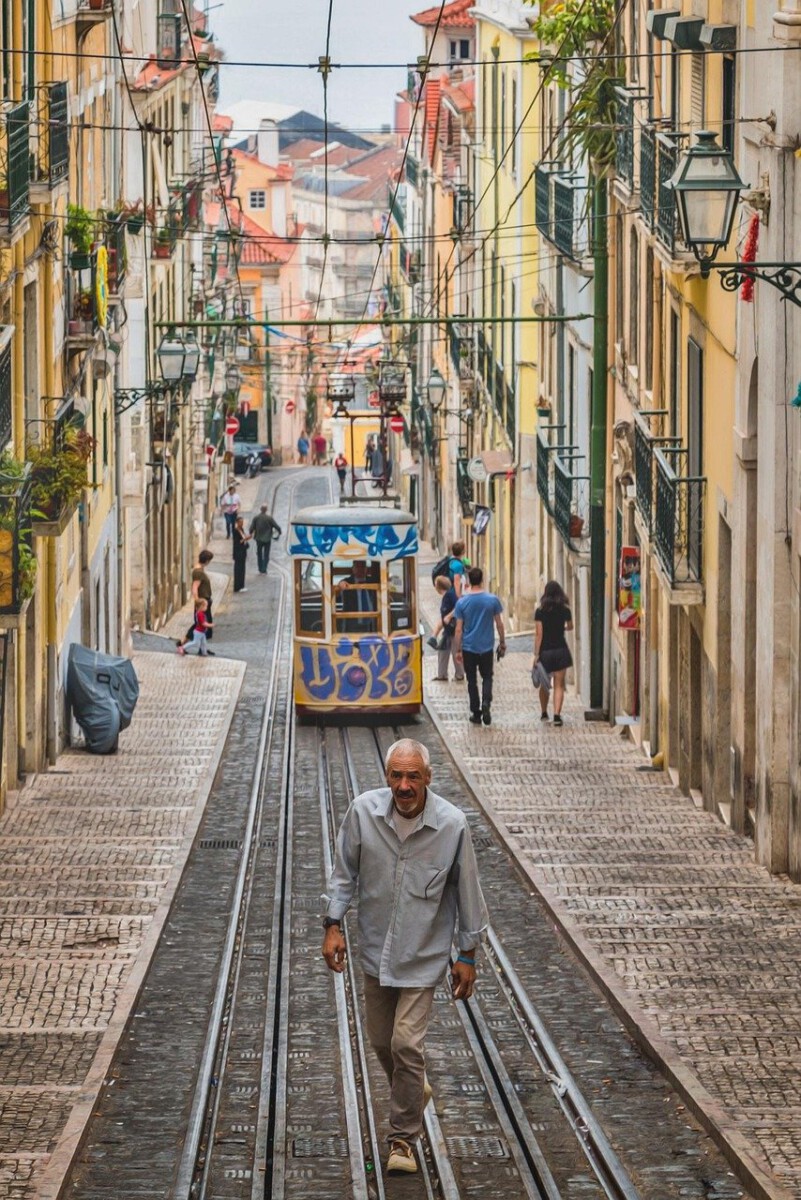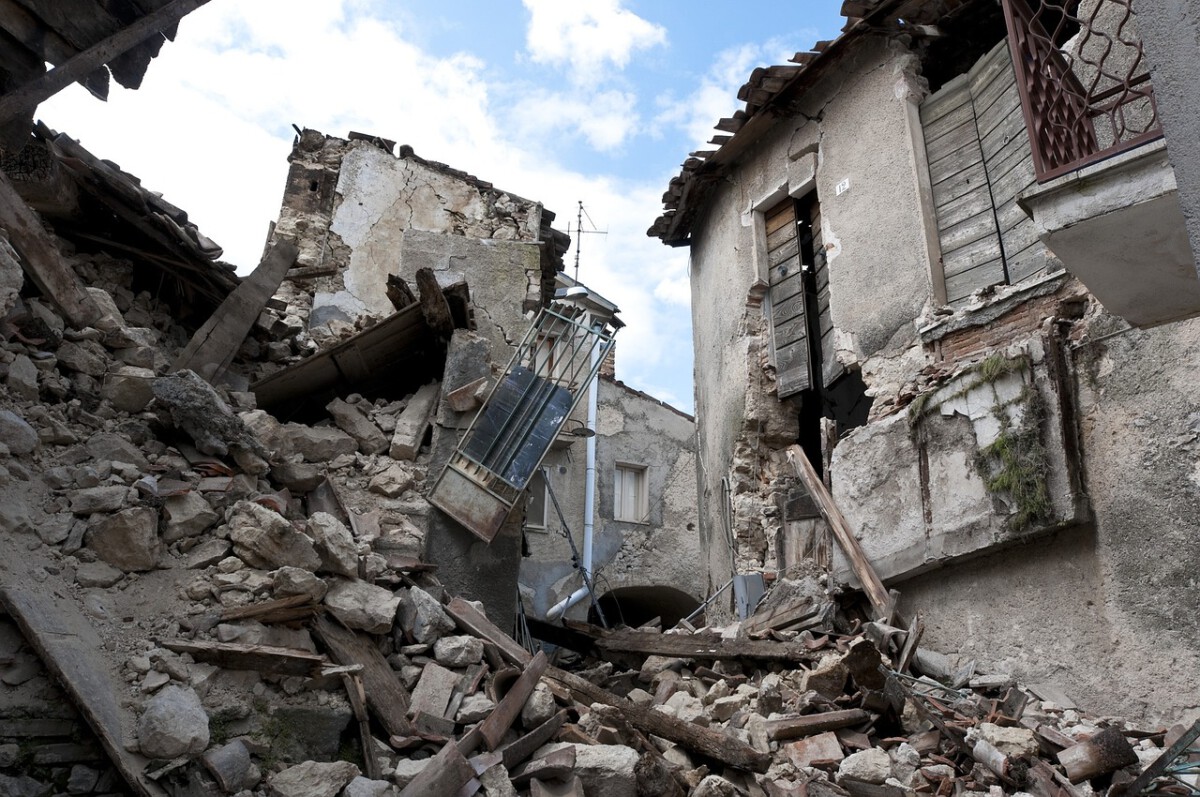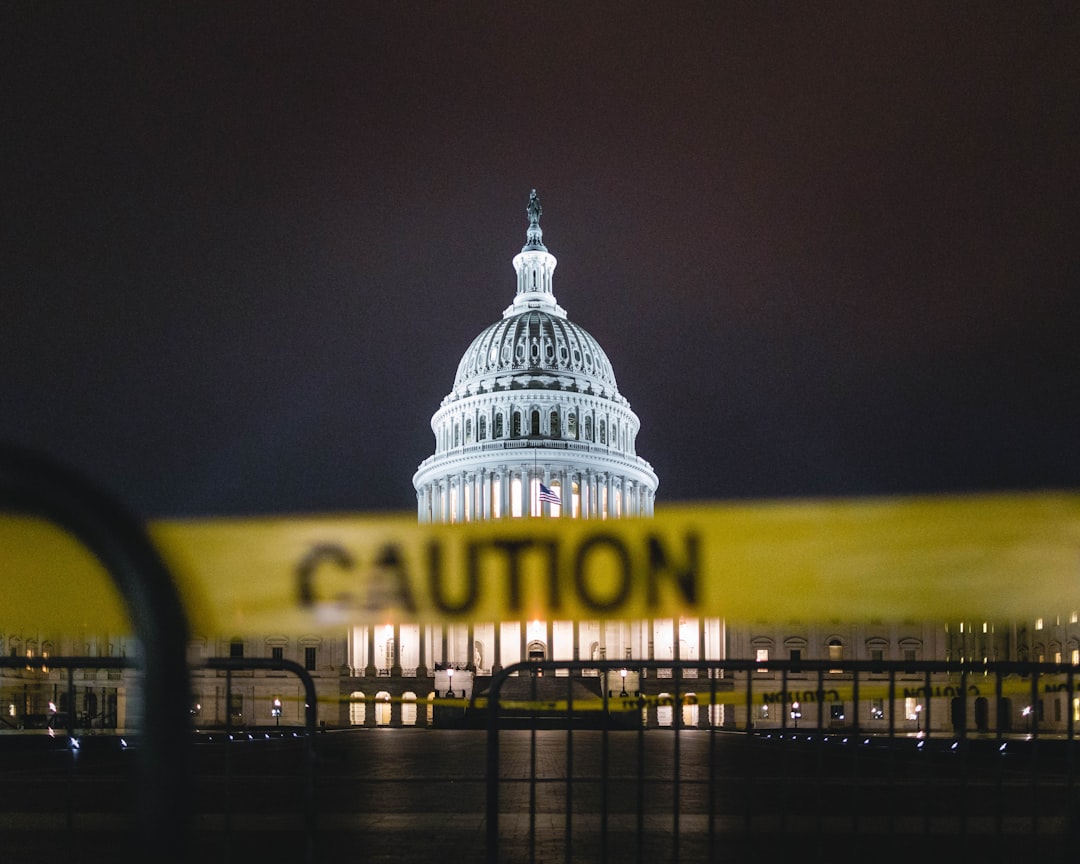Iceland: The Unshakable Champion of Peace

Iceland has held onto its reputation as the world’s most peaceful country for over a decade, according to the Global Peace Index 2025. The nation stands out with its remarkably low crime rates, lack of a standing military, and robust democratic institutions. Iceland’s people enjoy a high quality of life, with universal healthcare, free education, and a welfare system that leaves no one behind. Political violence is virtually absent, and disputes are resolved through dialogue and consensus. The country’s geographical isolation and tight-knit community further help it avoid external and internal conflicts alike. Icelanders have a deep respect for the environment, often cited as a foundation for their collective well-being. In 2025, the country continues to invest in education and renewable energy, solidifying its spot at the top of the peace rankings.
New Zealand: A Haven of Harmony and Resilience

New Zealand secures the second spot on the Global Peace Index, with a strong tradition of democracy and transparency. The country’s government is proactive about social justice, indigenous rights, and environmental protection. Citizens benefit from a high level of personal freedoms and a justice system that is widely trusted. New Zealand’s police rarely carry firearms, reflecting the low threat of violent crime. Social cohesion is supported by inclusive policies that embrace multiculturalism and diversity. In 2025, New Zealand is also recognized for its swift and effective responses to both natural and man-made challenges, from earthquakes to economic shifts. The nation’s focus on disaster preparedness and mental health has played a key role in maintaining peace and stability.
Portugal: Europe’s Quiet Success Story

Portugal’s peaceful transformation over the past decade is nothing short of remarkable. Once troubled by economic hardship, the country now boasts one of the lowest crime rates in Europe and a strong social safety net. Portugal’s government has prioritized education and healthcare, ensuring that all citizens have access to essential services. The country’s commitment to nonviolence is reflected in its progressive drug policies and successful rehabilitation programs. In 2025, Portugal’s vibrant culture and welcoming atmosphere attract millions of tourists each year, further supporting its economy. Political stability and low levels of corruption contribute to the country’s harmonious society. Portugal serves as a beacon for nations seeking a peaceful path through reform and resilience.
Switzerland: Neutrality and Prosperity in Action

Switzerland remains synonymous with peace, diplomacy, and neutrality. The nation’s political system encourages consensus-building and discourages polarization. High living standards, efficient public transport, and renowned healthcare make for a satisfied and secure populace. Switzerland’s policy of neutrality means it avoids entanglement in international conflicts, focusing instead on humanitarian efforts and conflict mediation. The country is home to many international organizations, including the Red Cross and parts of the United Nations. In 2025, Switzerland continues to invest in education, science, and green technology, reinforcing its peaceful legacy. Its citizens enjoy one of the highest standards of living globally, supported by a resilient economy and low unemployment rates.
Japan: Tradition Meets Tranquility

Japan is celebrated for its orderliness, safety, and societal harmony. Violent crime is rare, and the nation’s cities are among the safest in the world. Japan’s legal system is rigorous, and respect for rules is deeply ingrained in the culture. The government prioritizes disaster preparedness, with regular drills and public education programs to manage risks from earthquakes and typhoons. Education and technological innovation remain central to Japan’s peaceful progress. In 2025, the country’s aging population presents challenges, but its social fabric remains strong. Japanese society’s emphasis on mutual respect and cooperation helps maintain a sense of security and belonging for all.
Canada: Diversity and Inclusion at the Core

Canada’s reputation as a peaceful nation is well-earned, with its policies of inclusivity and multiculturalism. The country’s crime rates are among the lowest in the Western hemisphere, and political disputes are handled with civility and respect. Canada’s universal healthcare system and strong social programs offer citizens a high quality of life. The government actively works toward reconciliation with Indigenous communities, promoting healing and mutual understanding. In 2025, Canada is praised for its leadership on climate action and global peacekeeping efforts. Social trust is high, and Canadians enjoy the freedom to express diverse viewpoints without fear. The nation’s commitment to equality and justice continues to set an example worldwide.
Denmark: Trust and Welfare as Pillars of Peace

Denmark’s social trust is the envy of many nations, underpinning its high ranking on the Global Peace Index. The Danish welfare state ensures everyone has access to healthcare, education, and social support. Crime rates are low, and the streets of Copenhagen and other cities are renowned for their safety. Environmental sustainability is a national priority, with wind energy and green urban planning leading the way. In 2025, Denmark continues to prioritize gender equality and work-life balance, contributing to societal contentment. The country’s transparent political system and low corruption levels foster trust in government institutions. Denmark demonstrates how a strong social contract can create a peaceful and prosperous society.
Norway: Prosperity Shared, Peace Secured

Norway’s blend of wealth, equality, and social cohesion secures its place among the world’s most peaceful countries. The nation’s oil wealth is managed through a sovereign fund that benefits all citizens, reducing inequality and social tensions. Norway’s government is transparent and consistently ranks high for press freedom and human rights. In 2025, the focus on environmental stewardship and renewable energy remains strong, with ambitious goals to combat climate change. Norwegians enjoy generous parental leave, free higher education, and robust healthcare. The country’s commitment to international peacebuilding is evident in its mediation roles in global conflicts. Norway’s success shows that shared prosperity and open dialogue can yield lasting peace.
Singapore: Order, Opportunity, and Safety

Singapore’s unique blend of strict laws and economic opportunity keeps it high on the peace rankings. The city-state has virtually eliminated violent crime, and public spaces are clean and well-maintained. The government prioritizes education and workforce training, preparing citizens for a rapidly changing world. Social harmony is promoted through housing policies that mix ethnic groups and prevent segregation. In 2025, Singapore’s focus on innovation and digital security helps protect its people from new threats. The efficient and responsive government is widely trusted, and corruption is rare. Singapore’s example shows how good governance and forward-thinking policies can create a haven of peace in a bustling metropolis.
Australia: Multiculturalism and Unity

Australia rounds out the top ten with its strong commitment to human rights, social justice, and multiculturalism. The nation’s cities consistently rank among the world’s most livable, offering high standards of healthcare, education, and public safety. Australia’s diverse population is celebrated, and efforts to support Indigenous communities are ongoing. In 2025, Australia is recognized for its proactive approach to climate change and disaster resilience. The country’s democratic institutions are robust, and freedom of expression is protected. Australians enjoy a laid-back lifestyle, balanced by a sense of responsibility to care for each other and the land.
Afghanistan: A Nation in Turmoil

Afghanistan faces one of the most severe security crises in the world, reflected by its position at the bottom of the Global Peace Index. Since the Taliban takeover in 2021, the humanitarian situation has worsened, with human rights severely restricted, especially for women and minorities. Ongoing violence and targeted attacks have displaced millions, and basic services like healthcare and education are in shambles. Economic collapse has left many families struggling to survive, and aid organizations face dangers in providing relief. In 2025, the lack of international recognition for the Taliban government complicates diplomatic and economic relations. The country remains a stark reminder of how quickly peace can unravel under instability and conflict.
Syria: Enduring the Ravages of War

Syria continues to suffer from the devastating effects of a prolonged civil war. The conflict, which began in 2011, shows little sign of a comprehensive resolution by 2025. Millions of Syrians remain displaced, both internally and as refugees abroad. Access to food, water, and medical care is limited, with many relying on humanitarian aid to survive. Violence between government forces, rebel groups, and extremist factions is a daily reality in many regions. The destruction of infrastructure has made everyday life perilous, and prospects for rebuilding remain uncertain. In 2025, the risk of renewed fighting and external intervention keeps the country in a fragile state.
South Sudan: Struggling for Survival

South Sudan, the world’s youngest nation, is mired in violence and political instability. Since its independence in 2011, recurring civil wars and ethnic conflict have displaced millions and caused widespread hunger. Peace agreements have repeatedly broken down, making long-term stability elusive. The humanitarian crisis is dire, with over half the population in need of food assistance. Economic hardship and lack of infrastructure worsen the plight of ordinary people. In 2025, international agencies continue to report alarming rates of displacement and malnutrition. The country’s leadership struggles to maintain order and provide hope for a peaceful future.
Yemen: Trapped in Crisis

Yemen’s civil war is now one of the world’s worst humanitarian disasters, with millions facing famine and disease. Since 2015, relentless fighting between government forces, Houthi rebels, and various militias has devastated the nation. The collapse of public services means that hospitals and schools are barely functioning, if at all. In 2025, access to clean water and medical care remains scarce, and violence continues to force people from their homes. International aid efforts are hampered by insecurity and bureaucratic hurdles. The ongoing conflict undermines hopes of a peaceful resolution anytime soon, leaving Yemenis in a perpetual state of emergency.
Central African Republic: Caught in Conflict

The Central African Republic remains trapped in cycles of violence between government forces and armed groups. Political instability and sectarian tensions have resulted in mass displacement and widespread suffering. Attacks on civilians, including children, are distressingly common, and humanitarian agencies struggle to reach those in need. In 2025, the country faces critical shortages of food, medicine, and shelter. The fragile government depends heavily on international peacekeepers for security, but attacks and instability persist. The lack of functioning infrastructure and ongoing violence make daily life dangerous and uncertain for many.
Global Trends in Peace and Instability: A Stark Contrast

The contrast between the most peaceful and least peaceful countries is striking in 2025. Nations at the top of the Global Peace Index tend to share characteristics like strong social contracts, robust public institutions, and inclusive policies. These countries invest in education, healthcare, and environmental sustainability, supporting their stability. On the other hand, countries struggling with violence are often marked by political fragmentation, economic hardship, and ongoing conflict. Humanitarian crises are common in these regions, with millions displaced and reliant on international aid. The gap between the world’s most and least peaceful countries continues to drive global humanitarian and security concerns.








